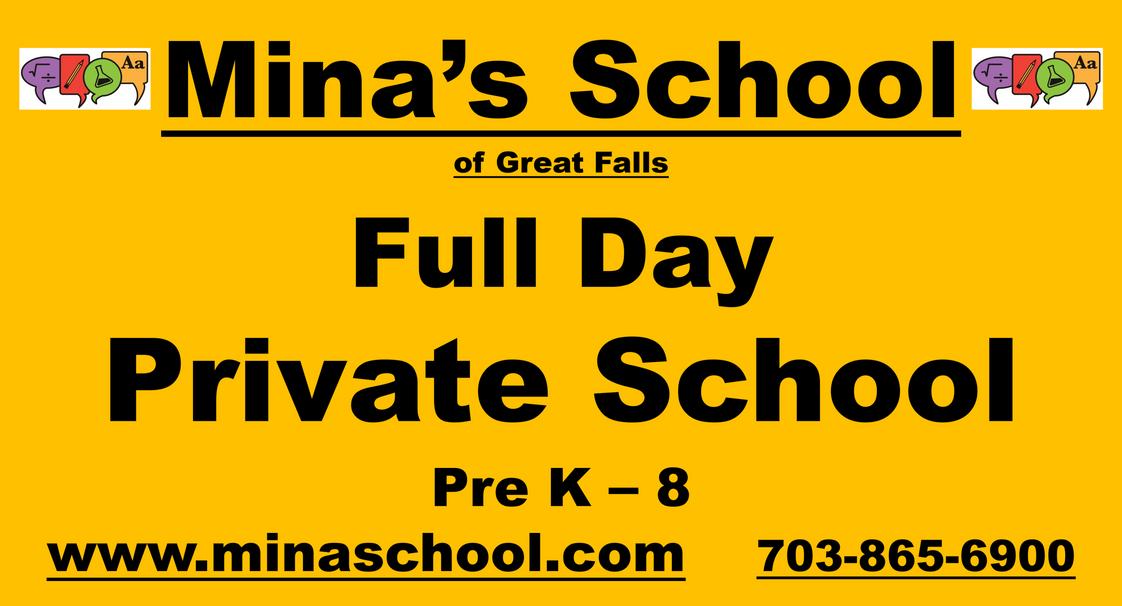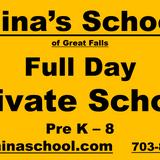For the 2025-26 school year, there are 3 private schools serving 339 students in Great Falls, VA (there are 2 public schools, serving 1,097 public students). 24% of all K-12 students in Great Falls, VA are educated in private schools (compared to the VA state average of 11%).
The top-ranked private schools in Great Falls, VA include Mina's School of Great Falls and Village Green Day School.
33% of private schools in Great Falls, VA are religiously affiliated (most commonly Catholic).
Top-Ranked Great Falls Private Schools (2025-26)
School
Location
Quick Facts
717 Walker Rd
Great Falls, VA 22066
(703) 865-6900
Great Falls, VA 22066
(703) 865-6900
Gr: PK-8 | 29 students Avg. class size: 5 students
Village Green Day School![Village Green Day School Photo Village Green Day School Photo]()
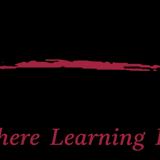
Daycare / Preschool
790 Walker Rd
Great Falls, VA 22066
(703) 759-4049
Great Falls, VA 22066
(703) 759-4049
Gr: NS-K | 200 students Avg. class size: 16 students Tuition listed
Siena Academy
Montessori School (Catholic)
1020 Springvale Rd
Great Falls, VA 22066
(703) 759-4129
Great Falls, VA 22066
(703) 759-4129
Gr: PK-K | 110 students Tuition listed
Frequently Asked Questions
What are the top-ranked private schools in Great Falls, VA?
The top-ranked private schools in Great Falls, VA include Mina's School of Great Falls and Village Green Day School.
How many private schools are located in Great Falls?
3 private schools are located in Great Falls.
What percentage of students in Great Falls go to private school?
24% of all K-12 students in Great Falls are educated in private schools (compared to the VA state average of 11%).
What percentage of private schools are religiously affiliated in Great Falls?
33% of private schools in Great Falls are religiously affiliated (most commonly Catholic).
Recent Articles

Private School Jobs in 2025: Trends, Salaries and Career Insights
Explore private school jobs in 2025 with updated hiring trends, salary data, demand areas and career guidance for educators and policymakers.
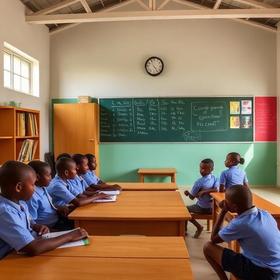
Independent Schools in Africa: Updated 2025 Overview
Explore the latest data, trends, costs and impacts of independent schools in Africa in 2025 for parents, educators and policymakers.
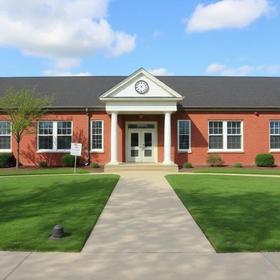
How to Start a Private School in 2025: Complete K–12 Guide
A practical, updated guide to starting a private K–12 school in 2025, covering legal steps, planning, finance, and enrollment strategy.

